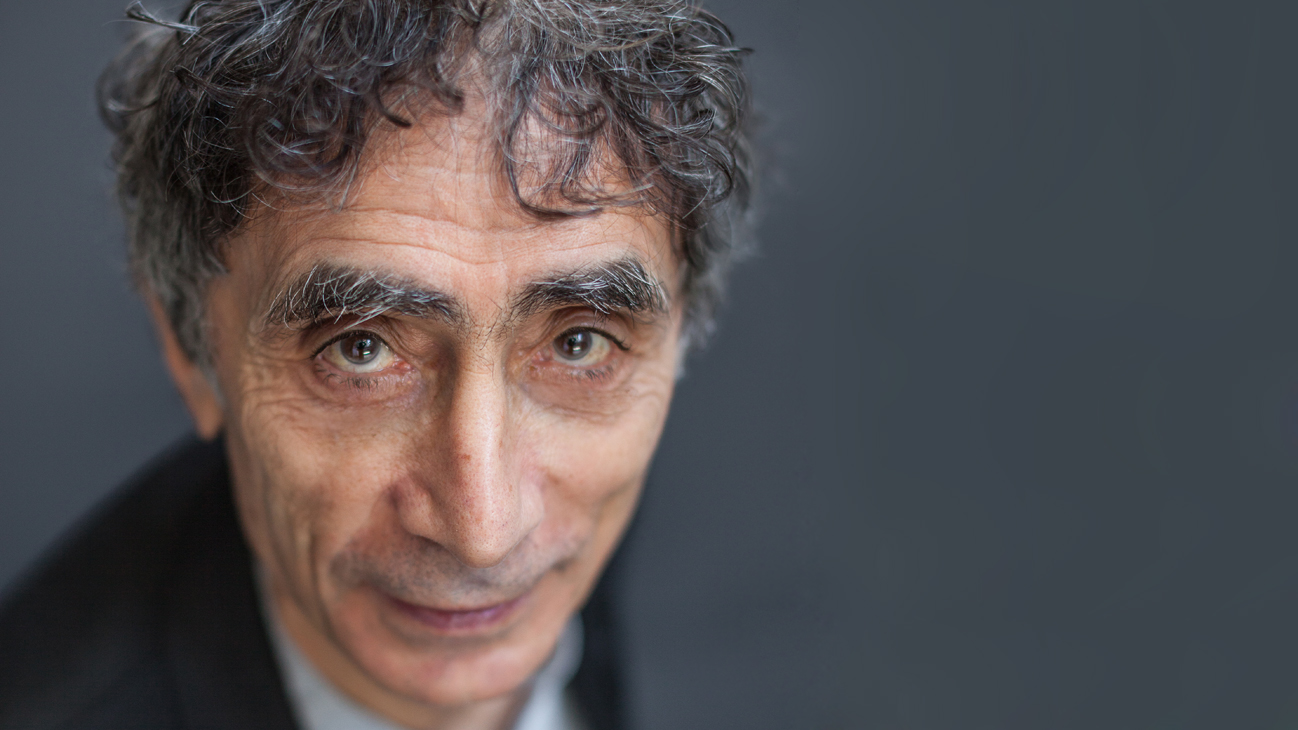Dr. Gabor Maté is highly sought after for his expertise on a range of topics including addiction, stress, and childhood development. Rather than offering quick-fix solutions to these complex issues, Dr. Maté weaves together scientific research, case histories, and his own insights and experience to present a broad perspective that enlightens and empowers people to promote their own healing and that of those around them. Below, Dr. Maté writes about many of the underlying reasons for the current spike in fentanyl addicts across Canada:
As governments, health authorities, first responders, addiction workers and medical personnel struggle to cope with the opioid epidemic and shocking rise in overdose deaths, they do so in a culture devoid of a deep appreciation of the complexity of addiction and its sources in human experience.
Most people do not understand how desperate users are to find a source, any source, for their drug, or that the reasons for the desperation are multifold, often beginning with the trauma that benighted their childhoods.
Opiates soothe emotional pain
The drugs these users choose are often opiates, the most powerful painkillers we know.
In my years as a palliative care physician, I daily had reason to be grateful for the easing of suffering the opiate medications afforded my patients afflicted with cancer and other pain-inducing conditions.
But opiates also soothe emotional pain; in fact, the suffering of psychic pain is experienced in the same part of the brain as that of physical pain.
Hence, the first question when dealing with opiate-dependent human beings should be not “why the addiction” but “why the pain?”
What engenders such unbearable pain in human beings that they would knowingly risk their very lives to escape it?
The answer is trauma: deep, unresolved trauma that imposes a lifetime of suffering, fear of reality, isolation, hopelessness and an urgency to alter one’s experience. This is where addiction comes in.
“The meaning of all addictions could be defined as endeavours at controlling our life experiences with the help of external remedies,” wrote the psychiatrist Thomas Hora.
“Unfortunately, all external means of improving our life experiences are double-edged swords: they are always good and bad. No external remedy improves our condition without, at the same time, making it worse.”
Childhood adversity shapes the brain
And what is the nature of the trauma that drives people to desperation?
In my 12 years in the Downtown Eastside of Vancouver, ground zero for addiction in Canada, all my female patients reported sexual abuse in childhood, all the male patients abuse or neglect of one kind or another.
As large scale international epidemiological studies have repeatedly demonstrated, childhood adversity is at the core of the emotional patterns and psychological dynamics that drive addiction.
Further, childhood trauma shapes the physiology of the developing brain in ways that induce a susceptibility to addiction. Hence the addiction-prone person finds relief in substances that would not entice others, even after repeated exposure to the same drugs.
In turn, prolonged drug use also changes the brain in ways that further entrench the addictive drive.
First nations dependencies
Trauma, induced by Canada’s colonial history and far from healed yet, is also what accounts for the high rates of alcoholism and other substance dependencies in our First Nations communities, to say nothing of the shocking preponderance of First Nations citizens in our jails, for legal reasons often rooted in addiction.
One patient of mine began her experience of residential school, as a four-year-old here in B.C., by having a pin stuck through her tongue by a teacher, for the sin of having spoken her native language on the first day of class. And then, years of sexual abuse occurred.
This woman became an addict, first to alcohol, at age nine. Now, her adult children are addicted. Trauma is multigenerational.
Change the social view of addiction
In confronting the current epidemic, there exists well-tested, internationally proven harm reduction measures, including supervised injections sites and the provision of pure heroin to confirmed addicts.
But for these measures to be widely adopted, as they must be, we need a fundamental change in the social view of addiction.
It is not a fault, not a moral lapse, not a sin, not a failure of will, nor yet even an inherited disease, but a complex response to suffering. It is not a legal problem but a human problem, to which the solutions need to be humane in every possible way.
Inclusion, not ostracizing, needs to motivate our policies; not punishment but support, not judgment but empathy.
Science and compassion
And it would be of great help if all legal, medical and political professionals, as well as the general public, were informed of what modern research has taught us about child and brain development, and the tortured and manifold responses of the human psyche to early trauma.
If the people now dying in this preventable epidemic were succumbing to a bacterial infection, we would declare a public emergency and mobilize to contain it.
It is time we did so now and past time we adopted approaches grounded in both science and compassion.

